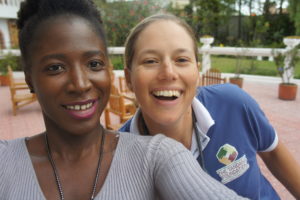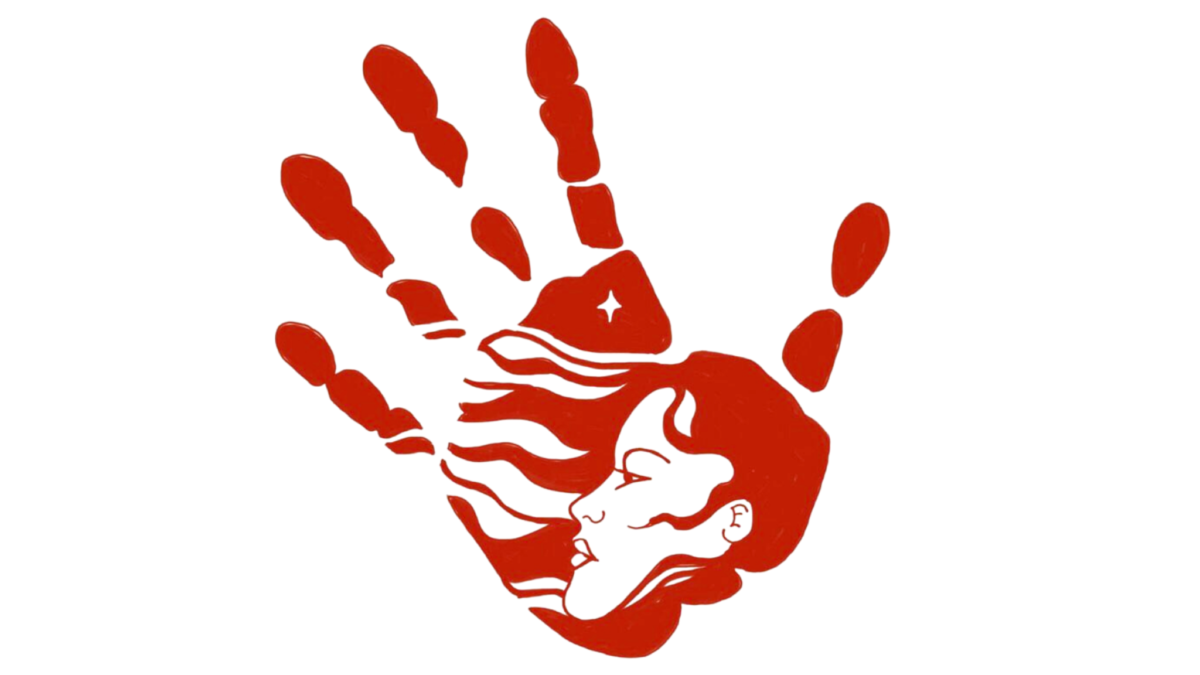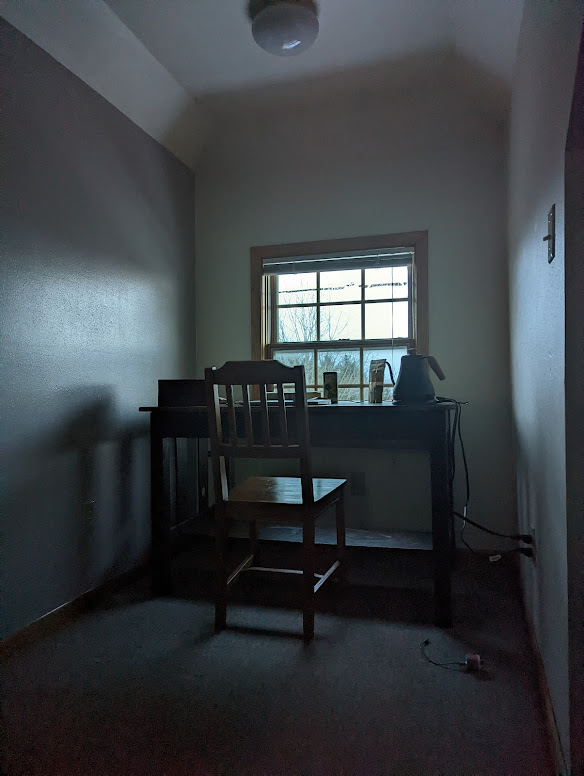I am currently on my fourth Co-op with the Tandana Foundation in Panecillo, Ecuador. The Tandana Foundation is a non-profit organization founded by Anna Taft and it supports community initiatives of various kind such as healthcare programs, women’s literacy, water resources, construction of cotton banks, community centers, income generation projects, food security, and establishment of community garden and other programs in the communities of Highland Ecuador and Mali’s Dogon country. I became interested in this Co-op because the foundation works in my home country (Mali) and I wanted to see first hand the amazing work it is doing in collaboration with Indigenous groups in Highland Ecuador.
I am a storytelling intern and my job description includes documenting the work Tandana does here in Ecuador and also in Mali. My main tasks mainly consist of creating a story map of Tandana’s work in Mali, interviewing students recipients of the Tandana Foundation Scholarship, writing blog posts about the different Tandana projects I am participating in the Healthcare Volunteer Venture (HCVV) and in the Gardening Volunteer Venture (GVV).
As a storytelling intern, I have done many interviews with community members from the different areas we serve and I am fascinated with the history and the positive interactions with the communities.
This blog post will focus on the Healthcare Volunteer Venture (HCVV) of the Tandana Foundation. HCVV is a medical program in which the Tandana Foundation brings volunteers (doctors, nurses, etc) from the United States and Canada and hosts a two-week medical brigade in indigenous communities in Highland Ecuador. It is important to note that most of the communities the programs have little to no access to health care mainly due to government discrimination and lack of economic resources.
Two weeks ago, along with the Tandana staff, I participated in a three days training about the Healthcare Volunteer Venture which started the following week (September 24th, 2018). The training covered various topics including individual tasks, volunteer management, and logistics, and schedule for the events and activities. On Sunday, September 23rd, we welcomed the volunteers and held an orientation session for the HCCV. From Monday, September 24, to Friday, September 28 we held a healthcare brigade in the communities of Guachinguero, Padre Chupa, Urkusiki, Cambugan, and Perugachi (consecutively). The medical brigade provided services including dental, vision, provider check-up, pediatrics, laboratory services, and others.
For the first three days, I worked as the leader and digital record scribe for the pediatrics department. I trained and guided my team and together we served almost 200 children and this number is expected to be higher for the second week because we will be attending larger and more crowded communities. For the last two days, we did not have many children and I worked in intake (putting in patient information before they see the doctors). For those two days, my station attended to almost 100 patients.
The week was very important for me for many reasons. First, it was a successful medical venture and I was proud to be a part of something. Second, I gained a lot of useful skills from using the medical recording software, from working in different teams, and also learning a lot about diseases and medical treatment. Third, it helped me see the amazing work Tandana is doing in collaboration with these communities. Lastly, helping people has always been my passion and I am glad I got to help these vulnerable communities with little to no access to medical treatment. The clinic experience was the highlight of my Co-op here and I hope to further continue helping communities in need whenever and wherever I can go.

A picture with some of the children who attended my pediatrics station in Guachinguero.

A selfie with Anna Taft, Founding Director of Tandana, during orientation







German Torres H. | April 15, 2020
|
Saludos desde Ecuador
Me GUSTARÍA tener mas información sobre el trabajo comunitario en ecuador.